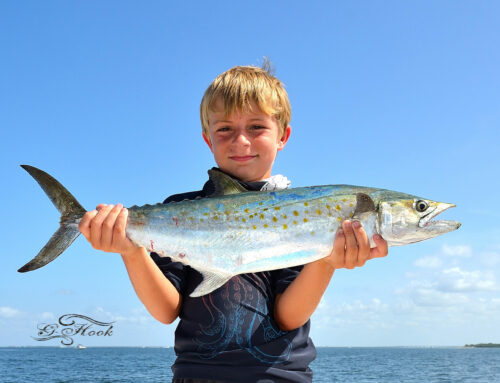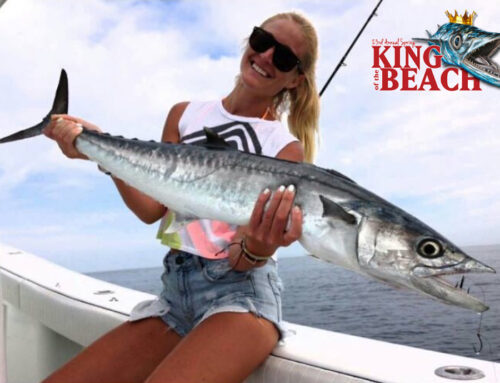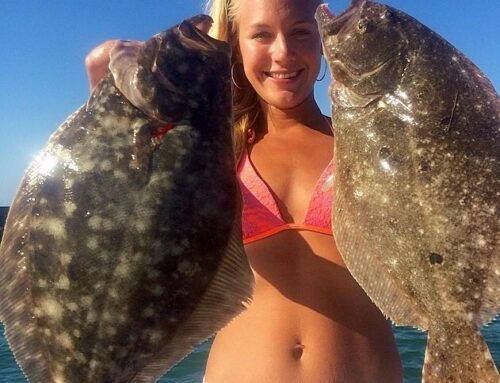 Frankie Coronado of Katy, Texas is the newest winner of our Old Salt Photo of the Week. He won the Flounder week with his first flounder catch of 17″ and caught it with his Snoopy pole! Too cute and way to go! I’m sure he is going to be hooked on fishing for life.
Frankie Coronado of Katy, Texas is the newest winner of our Old Salt Photo of the Week. He won the Flounder week with his first flounder catch of 17″ and caught it with his Snoopy pole! Too cute and way to go! I’m sure he is going to be hooked on fishing for life.
________________________
Flounder are a group of flatfish species. They are demersal fish found at the bottom of oceans around the world; some species will also enter estuaries.
Some of the better known species that are important in fisheries are:
- Western Atlantic
- Gulf flounder – Paralichthys albigutta
- Southern flounder – Paralichthys lethostigma
- Summer flounder (also known as fluke) – Paralichthys dentatus
- Winter flounder – Pseudopleuronectes americanus
- European waters
- European flounder – Platichthys flesus
- Northwestern Pacific
Eye migration
In its life cycle, an adult flounder has two eyes situated on one side of its head, while at hatching one eye is located on each side of its brain. One eye migrates to the other side of the body as a process of metamorphosis as it grows from larval to juvenile stage. As an adult, a flounder changes its habits and camouflages itself by lying on the bottom of the ocean floor as protection against predators. As a result, the eyes are then on the side which faces up. The side to which the eyes migrate is dependent on the species type.
Habitat
Flounder ambush their prey, feeding at soft muddy areas of the sea bottom, near bridge piles, docks and coral reefs. A flounder’s diet consists mainly of fish spawn, crustaceans, polychaetes and small fish. Flounder typically grow to a length of 12.5–37.5 centimeters (4.9–14.8 in), and as large as 60 centimeters (24 in). Their width is about half their length. Male Platichthys are known to display a pioneering spirit, and have been found up to 80 miles off the coast of northern Sardinia, sometimes with heavy encrustations of various species of barnacle.




Leave A Comment